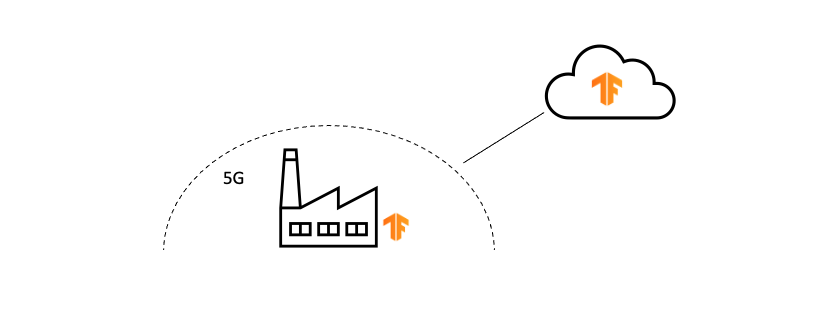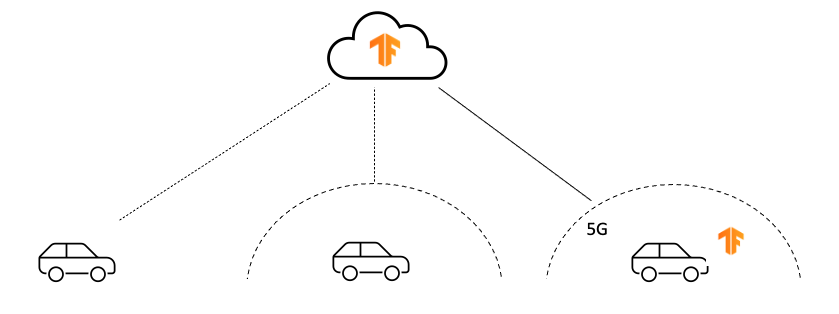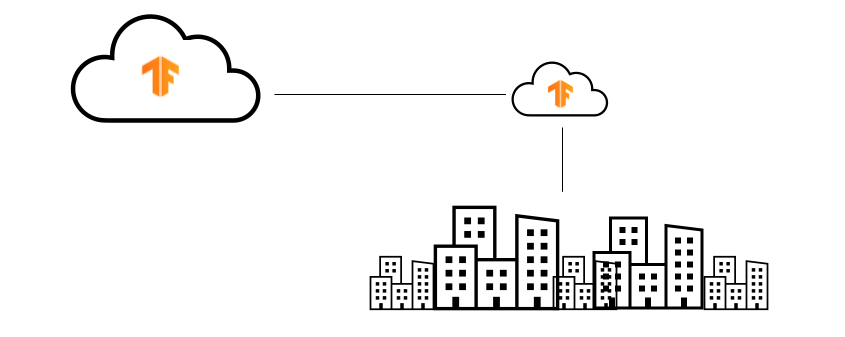Artificial Intelligence: Business goes to the Edge

Edge computing, or distributed computing, brings the computation and data storage closer to the location where it is needed. It is typically associated to the processing of sensor data away from the centralized nodes. Data is handled by the device itself or by a local computer or a server.
What are the reasons that the edge computing has become increasingly important?
One of the advantages is speed. Sensors and IoT devices may produce petabytes of data in a short period of time and fast real-time processing close to the sources is the way to analyze the essential information. There is no need to upload the data to the cloud and the network bandwidth can be modest. Event processing can be complex, or there may be a requirement to run an application on the edge. Data management and data privacy can be reasons to make the computations outside of the cloud which makes the processing more reliable and safe.

Especially important and interesting competitive advantage is gained when a machine learning model is deployed to the edge. The edge device can perform intelligent inferences, predict future trends or detect anomalies, make automized tunings and to save significant amount of money. When combined to offline capability, the edge can make autonomous processing independently of the network connectivity. Edges can communicate with each other in their own subnet or custom network topologies.
Typical problems in IoT and Edge/ML computing have been high requirement for initial knowledge or lack of competences, the compatibility problems of different technologies, end-to-end testing and reliability, data processing and storing, the speed of the edge devices, the price of the equipment, and maintenance and operations.
Good news is that there already exists solutions which solve many of these challenges. For example, some cloud providers have specific IoT/Edge -platforms where hardware and software have been integrated together. The software is more compatible by default and less testing is required. Fast GPU/TPU processors in the edge devices reduce machine learning processing times dramatically making the inference nearly real-time. The ML models do not need to be constructed from scratch. There are ready-made machine learning models which can be deployed to the edge device. One can use transfer learning and own data to improve the existing model. Or alternatively, by using Tensorflow type of frameworks a custom model can be built and deployed to the edge. Traditionally complex things have become relatively simple.

What are then the possible business opportunities or applications where the edge computing creates new or enhances the existing business?
A connected factory IoT/Edge solutions improve the operational productivity and profitability. Industrial equipment and devices are monitored which makes the proactive maintenance possible. Sensors in autonomous driving produce a massive amount of information that need to be processed in real-time with different ML models. Data manipulationmust take place offline and fast. In the third example area the machine learning models are deployed to the edge location of the cloud. The inference is made close to the data which enables low latency business models. Interconnected IoT devices operate in their own domain and exchange information.
Business is going to the Edge. Have you considered what new opportunities it can bring to your business?
More topics on Blog and articles.